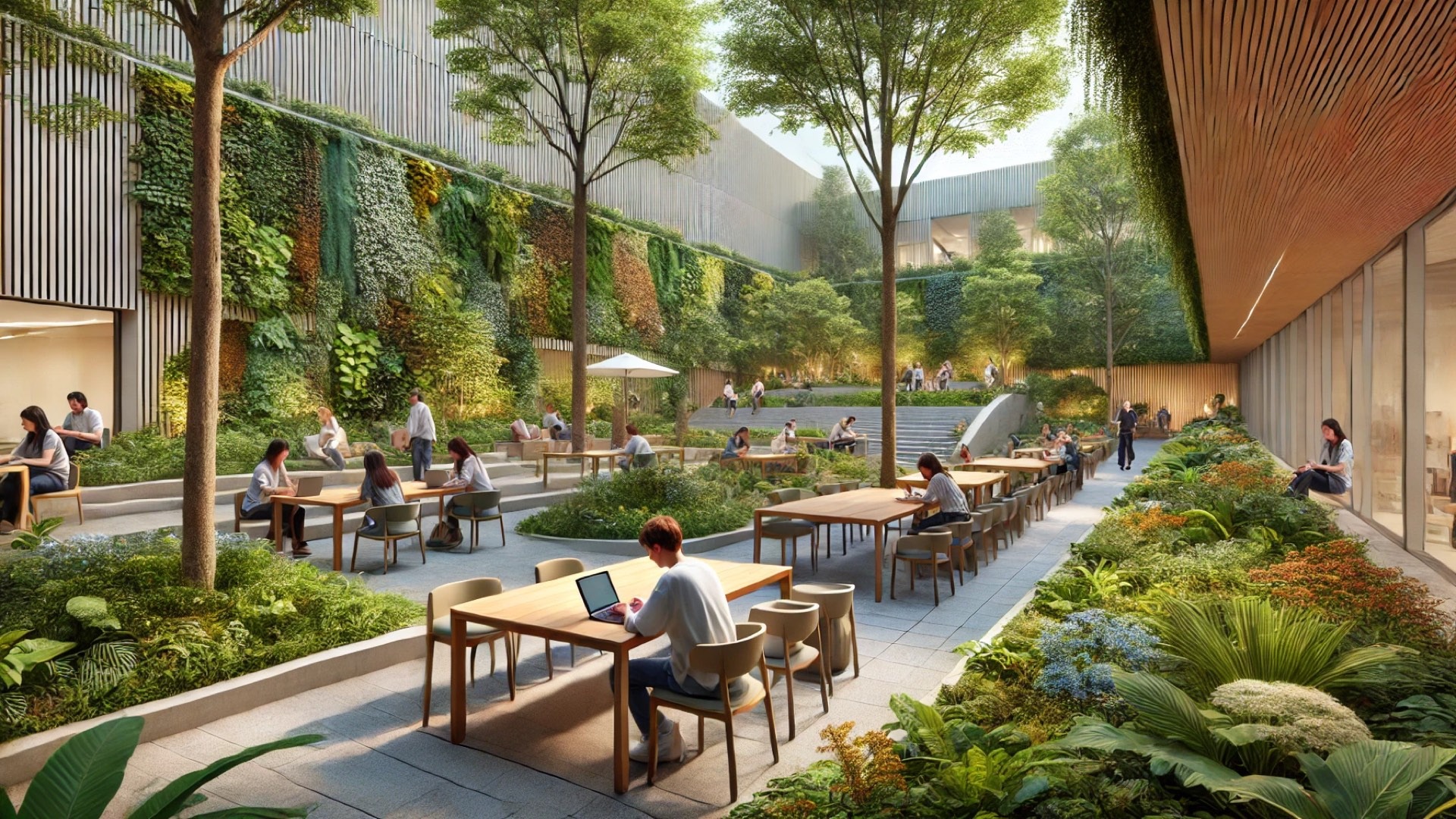
Understanding the Role of Biophilia in Design
The concept of biophilia—a term that denotes the innate human attraction to nature—has emerged as a transformative movement within higher education interior design. Institutions are increasingly recognizing the importance of integrating natural elements into their spaces to enrich the learning environment. This trend stems from a growing body of research indicating that biophilic design can enhance student well-being, improve focus, and foster a sense of community.
The Psychological and Academic Benefits of Biophilic Design
Studies demonstrate that incorporating nature into interior spaces can lead to significant psychological benefits. Environments infused with elements such as plants, natural light, and open spaces reduce stress levels and boost cognitive function. In academic settings, this translates to improved student performance and satisfaction. For instance, a study by the Human Spaces report found that environments with natural elements can enhance productivity by up to 15%. These findings underscore the value of investing in biophilic design as a strategy to attract and retain students.
Innovative Implementation Strategies
Higher education institutions are adopting various innovative strategies to implement biophilic design. Incorporating elements such as green walls, natural materials, and large windows that facilitate views of the outdoors are just a few examples. Additionally, flexible outdoor spaces encourage students to engage with nature, providing them with venues for relaxation and study. This adaptive approach not only beautifies campuses but also serves functional needs, creating a holistic learning atmosphere.
Case Studies: Successful Integrations of Biophilia
Several educational institutions have already taken strides in implementing biophilic design. For example, the University of Oregon’s data science building has been lauded for its extensive use of natural wood materials and a design that allows sunlight to permeate the interior. Similarly, the University of British Columbia has constructed green roofs that provide spaces for biodiversity as well as study areas, effectively merging ecological principles with educational functionality.
Looking Ahead: The Future of Educational Spaces
As the demand for improved educational spaces grows, the principles of biophilia are likely to expand beyond just aesthetics. Future trends may see technology integrated with nature-inspired designs, using products that mimic natural systems or adapt to weather changes. This evolution can lead to increased energy efficiency and sustainability, reinforcing the critical role of environmental stewardship in education.
The Bottom Line: Why Invest in Biophilia?
Investing in biophilic design within higher education not only supports student well-being and academic success but also enhances property value. Facilities that embrace natural elements often see a significant return on investment, aligning physical spaces with the psychological needs of students and faculty alike. By fostering a connection with nature, educational institutions can create environments that thrive, evolve, and support the next generation of learners.
 Add Row
Add Row  Add
Add 




Write A Comment